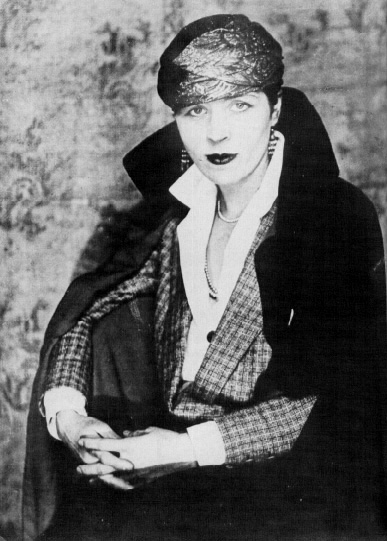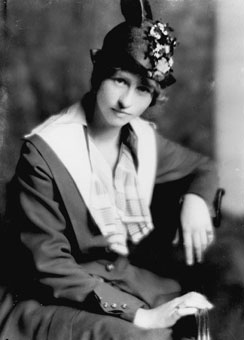Crane,
Mayakovsky, Wilson and the Brooklyn Bridge Poems
Bridge During Construction:
Hart Crane: ‘To
Brooklyn Bridge’
Crane
(1889-1932) was an American poet who came to New York from Cleveland, Ohio. His
poetry became known for being ecstatic and his use of rhetorical verse. His
poem, ‘To Brooklyn Bridge’ is a prelude to a longer poem entitled, ‘The
Bridge.’ The poems were inspired by experiences he had while living in Brooklyn
Heights in an apartment with a view of the bridge in the distance. Crane
described his location adjacent to the bridge in a 1924 letter to his family,
describing the bridge as ‘the most superb piece of construction in the modern
world.’ His works regarding the Brooklyn Bridge was both inspired and provoked
by the work of TS Elliot, in particular ‘The Wasteland.’ Crane’s work aimed to
be more optimistic regarding modern and urban culture. Elliot’s ‘The Wasteland’
holds a negative view on modern culture and the reason he wrote the poem was
because he believed modern people simply did not care about and were not passionate
about anything. He intentionally made the poem hard to follow, with many
different speakers and references to classic literature, almost challenging
readers to read further if they do not understand a reference.
In ‘To Brooklyn
Bridge’ Crane is speaking to the bridge, admiring it from afar because of its
immense size and beauty. He notes how the sun hits the bridge and admires the
way the bridge seems to hang free in the air. A person runs to the top of one
of the towers, pauses for a moment and then jumps to their death. Crane
discusses an obscurity the bridge possesses. The bridge seems to represent the
anonymity of people and, much like time, makes them feel small and anonymous.
This explains why the identity of the person who jumps is not noted (gender,
age etc.) and they are just a stranger seen from afar. As night falls on the
bridge, Crane sees the lights on the bridge as endless, again drawing a
parallel to the bridge and the passage of time, comparing the bridge to an eternity. Throughout the poem, Crane uses
many religious symbols, calling the bridge ‘obscure as that Heaven of the Jews’
in reference to a mysterious heaven in Jewish scriptures. He also ends the poem
asking the bridge ‘of the curveship lend a myth to God,’ meaning to descend a level and fill a gap God has left.
Vladimir
Mayakovsky: Brooklyn Bridge
Mayakovsky
(19893-1930) was a Russian poet and member of the Social Democratic Labour
Party. As a child, he was dismissed from grammar school and spent time in
prison due to political activities with the Labour Party. His early poetry
showed him to be an originator of a writing style called Russian Futurism,
which rejected traditional elements of poetry to favor experimentation.
Mayakovsky’s works lacked a traditional metrical structure and he rather relied
on forceful rhythms and street language that was viewed as not poetic at the
time. He wrote the poem in 1925 while visiting the United States. He viewed
himself as being ‘larger than life’ and in his writing is saluting the bridge
as an equal, from one large force to another.
He begins the
poem by marveling at the physical size and beauty of the bridge. He compares
himself to a devout religious follower entering a great church, humbled by what
he sees. He also feels like a conqueror and feels ‘drunk with power’ and
‘clambers with pride’ when he set foot on the bridge. He feels a sense of great
pride when thinking of the bridge, which is sort of odd seeing that he is not a
native of the US but is from Russia. He is so in awe that he goes as far as
saying that if the world was to end, the bridge would not only survive and
withstand the world ending but be the influence in future people recreating the
modern world. He goes into a darker area of his writing, referencing the many
people that come to the bridge to commit suicide. This is interesting because
in the first few lines he writes ‘I too will spare no words about good things’
and intends to write only good things about the bridge. He sees future
generations acknowledging the bridge where he was inspired to write his
greatest work as he see the bridge as place of great inspiration.
Edmund Wilson: The Finale at the Follies and Thoughts of Leaving New York for New Orleans
The
Finale at the Follies is a description of a dress rehearsal of the finale
for musical that is set in Mexico. From the scenery (mission and cactuses) and
from the costumes (sombreros). The text is a typical newspaper description.
The Thoughts of Leaving New York for New
Orleans(1926) is also an account of what Wilson sees, but set in poetry.
Every stanza is a different scene from different types of New Yorkers and areas
of New York on a typical winter night. Each stanza includes less than three
sentences. He points of every walk of life actions/thoughts that others would
not know in the beginning. Wilson injects a line of about the scenery vague
every now and then. The second half is descriptions of specific places and
their residence. The first part of this half is the actions of these people and
the second is how everyone is contradicting themselves or others.
Discussion Questions:
1. Do you think Crane succeeded in writing a poem more optimistic then Elliot's? Why, do you think, if he was trying to sound optimistic, would he include the anonymity of a stranger committing suicide?
2. What do the religious symbols add to the poem and what do they say about the Brooklyn Bridge itself?
3. What effect does the format of the text of Mayakovsky's poem have? Why do you think Mayakovsky wrote his poem in this style?
4. Why do you think Mayakovsky would express such pride in an American engineering feat when he himself was Russian?
5. Why, if promising only good words in the opening lines, does Mayakovsky (and Crane, for that matter) reference the suicides that occurred on the bridge?
6. Why do you believe Wilson wrote The Thoughts of Leaving New York for New Orleans as a poem, unlike his other review?
7. What problem(s) do you believe he was trying to highlight?
8. Do you think Wilson favored a set of people? (Remember he was a close friend of Fitzgerald)
9. What was Wilson's motive for the title?

